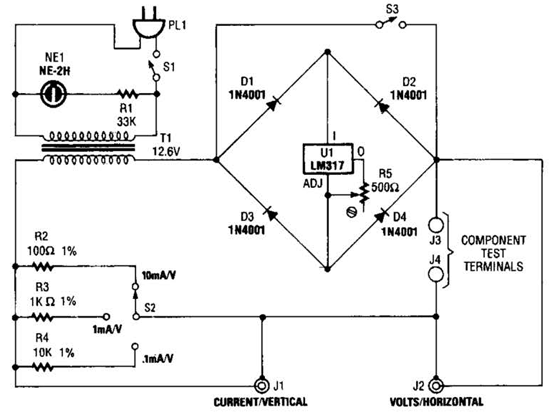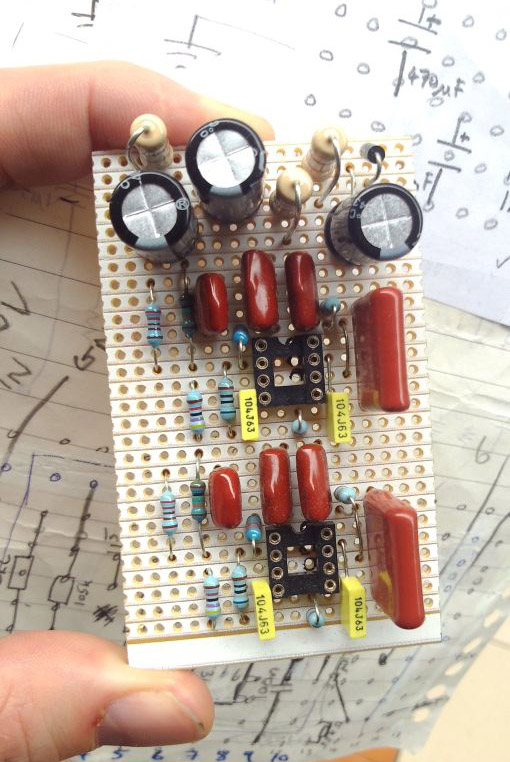Mini Amplifier with IC LM1895N
This little amplifier, operating from 3...9 V, and providing 1 W output into a 4 4 loudspeaker, is one of those circuits of which you never have enough. The amplifier is based on one 8-pin DIL IC type LM1895N. Electrolytic capacitors C2 and C6 de- couple the supply lines; C7 prevents d.c. reaching the loudspeaker; and C3 and C5 provide a low- impedance path to earth for audio frequencies. The input signal is applied to pin 4 of the LM1895N via Pi and C4. Resistor R4 and capacitor C8 suppress any tendency to oscillation, i.e., improve the stability.
Circuit diagram :

Mini Amplifier Circuit Diagram
The amplification is determined by Ri and R3: it is of the order of 50. Capacitor C,, in parallel with R,, ensures that the amplification drops off for frequencies above about 20 kHz. If the amplifier is intended for use with a small AM receiver, it is desirable that the amplification starts falling off at a lower frequency. This is brought about by enlarging C,; for instance, if its value is doubled, the amplification starts dropping at 20/2 =10 kHz.
On the printed circuit board shown in figure 2 (which is not available ready made), Pi may be replaced by a wire link; the volume control is then carried out by an external logarithmic potentiometer connected to the PCB via a short length of screened audio cable.
Current consumption is 2.5 mA at 3 V or 7.5 mA at 9 V under no-signal conditions, and 80 mA at 3 V or 270 mA at 9 V under fully driven conditions: in the latter condition, the output power is 100 mW or 1 W respectively into 4 ohms. The output power for different supply voltages and loudspeaker impedances can be estimated by deducting I V from the supply voltage, and raising the result to the power 2. Divide the number obtained by 8 and then again by the loudspeaker impedance. The sensitivity of the amplifier is about 50 mV. This can be reduced by lowering the value of R1.



Comments
Post a Comment